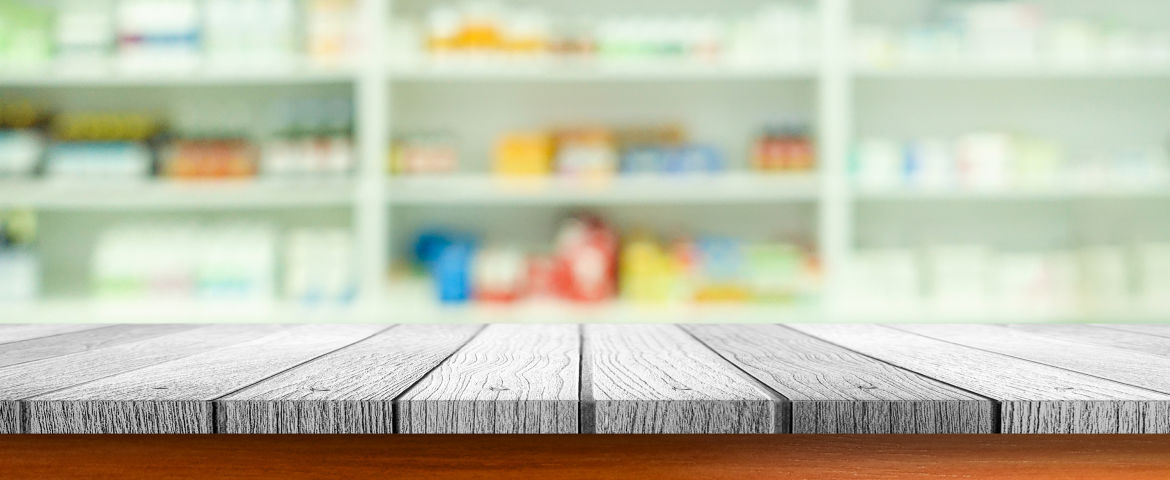The amount Americans spent out-of-pocket on prescription drugs rose by more than seven percent in 2016, according to the Bureau of Labor Statistics. Because of rising drug prices, people are needing to allocate more of their health care budget to prescription costs.
There are a few key factors that impact your prescription costs: prescription type, your health insurance coverage and your pharmacy location.
The best thing you can do to reduce your costs is educate yourself and talk to your pharmacist about your options. Consider these money-saving tips to lower your out-of-pocket prescription costs.
1. Choose generic over brand name drugs
Many brand name prescription drugs have a more affordable generic counterpart. These generic equivalents contain the same active ingredients, strength, and dosage as the brand name drugs. And research shows that generics work just as well as brand name drugs, according to the FDA.
When the doctor writes a prescription, have a conversation about available generic alternatives. And when you get to the pharmacy, ask the pharmacist about generic options as well. If the FDA has approved a generic equivalent, and you select the brand name drug, it will cost you more money. Instead, opt for the generic drug to save dollars.
2. Schedule an annual medication review
Just as your medical condition can change year to year, so can your medication needs. Many health insurance providers have annual review programs in place for members taking multiple medications to ensure all medicines are necessary and working effectively, and to identify any cost saving opportunities available. For example, Priority Health offers a free medication management program to its members, connecting them with a certified pharmacist or health professional for an annual comprehensive medication review.

As a patient, you will bring all of your current medications including vitamins and over-the-counter medications to the appointment. The pharmacist will review your medication routine with you and make recommendations for potential changes. This can help you reduce your pharmacy costs and improve your overall health.
At no cost to you, the pharmacist or health professional will provide:
- Education about how to get the best results from your medications
- Information to address any concerns you have about your medications
- Suggestions to help you save money at the pharmacy
- A master list of all your medications, including over-the-counter drugs, you can share with your doctor during appointments
3. Enroll in a Health Savings Account (HSA)
An HSA is a tax-free savings account that often corresponds with a high deductible health plan. You put money into the account and can use those savings to cover out-of-pocket health expenses such as copayments, coinsurance or deductibles including medical, dental, vision and pharmacy costs. In 2016, HSA holders saved up to $3,350 or $6,750 for a family, according to Forbes. The funds saved in an HSA do not expire and can be rolled over for use the following year. In addition, for those 65 and older, money set aside in an HSA can be used for non-medical expenses.
The best way to learn more is to educate yourself about all the options available so that you don’t overpay for necessary prescriptions. With these tips, you can stress less and potentially save money next time you go to the pharmacy.


